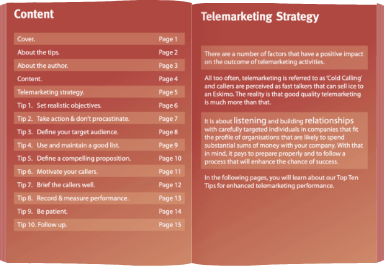There are some pretty gloomy predictions right now in the UK alongside alarming economic indicators. Inflation is predicted to hit 13%. Interest rates recently saw the largest hike for 27 years to 1.75%. And, according to the Bank of England, a 5 quarter recession that’s equivalent to the 2008 downturn is ahead of us for the end of 2022.
It all makes depressing reading. As a consequence, businesses need to be prepared. Sitting around doing nothing whilst burying one’s head is definitely not a strategy. Of course, there will be winners and losers as there was during the recent pandemic. But, a robust business development and activation strategy should definitely be on the agenda for most businesses.
Below are our 10 tips for an effective approach:
1. Take stock of your customer base
Consider how resilient you might be to the ravages of recession? Are customers likely to bail out? Which ones are at most risk? How can you guard against this? What can you offer to encourage them to remain with you?
2. Which sectors are resilient?
As explained at the start of this blog, there will always be winners and losers. Are there segments within your current customer base that are likely to grow and require more of what you offer? And, what plans do you have to find more of these types of customers?
3. Pro activity First
It’s often said that businesses that invest during a downturn are more likely to survive and grow. Whilst that may be unrealistic for some, there’s definitely merit in being active whether that’s with current customers or actively targeting new business.
4. Avoid panic decisions
We all need new business. But, not at any cost. Price-cutting is a negative spiral to the bottom. Where possible, add value rather than reduce costs if you’re feeling pressure to do so. What can you do to make your offering more attractive, especially versus competitors?
5. Reduce direct overhead
Flexibility is crucial in times of hardship. Businesses that are adaptable are more likely to endure. So, consider where you have inflexible spending that is unnecessary. However, make sure you don’t cut expenditure that supports growth. Of course I’m talking about not chopping marketing.
6. Analyse everything
No business can afford to blindly continue investment without evaluating the benefit of doing so. Whilst we advocate continued investment, we also recommend valid analysis of spending. Sadly, nothing is guaranteed, especially in tough times. So, look carefully at what you spend and how it contributes. That’s both internal and external overhead.
7. Focus on benefits
In good times, to some extent, you just need to be present and visible to win business. Yet, when times become more challenging, you need to better articulate the value you offer. So, stop telling and selling and start listening and demonstrating the benefits you offer and the challenges you overcome for your customers.
8. Compare internal and external resourcing
Some decisions are tough to take. This was definitely the case during the pandemic when internal overhead came under pressure. Ultimately, recessions are times that demand both flexibility and productivity. You cannot afford to pay for low productivity. Do you need full-time resourcing for certain tasks? Are the on-costs such as NI, Auto-enrolment and so on justifiable? Or, could an external specialist support be feasible?
9. Be decisive
Delays can be costly when things turn. That doesn’t necessarily mean making hasty or rash decisions (see points 6 and 8 above) but assertiveness is important when it comes to running an efficient business in a recession. Procrastinating is not usually a good strategy.
10. Play the long game
Perhaps this is the hardest one of all.
It’s tough to take the long view especially when cash is tight. However, recessions come and go. We’ve seen and weathered a few in our 23 years running GSA. We’ve learned from good and bad decisions, both our own and those of our customers.
Generally, we’ve come out of every downturn stronger. The 2008 recession was tough when many organisations cut spending and were slow to return. Yet, that led us to look at overhead, resourcing, flexibility and our core offering. The recent pandemic was followed by two years of significant growth where our strategy of further service development, internationalisation, and diversification bore fruit. And, once again, we are investing now. We plan a new website, more video content, further services, and development of new markets.
What are you and your business doing to ensure you mitigate the impact of any prospective decline in the UK and global economy?






